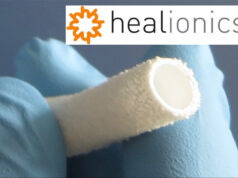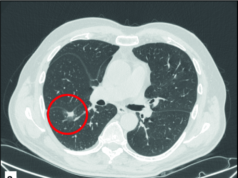
The six-month results from the prospective, multicentre, single-arm 4EVER study (Trial investigating the safety of 4F endovascular treatment of infra-inguinal arterial stenotic disease) demonstrate efficacy and safety of the Pulsar Stent System (Biotronik) in 120 superficial femoral arterypatients.
Analysis of the 120 patients showed excellent device performance, very promising patency rates and convincing evidence of the benefits of lower limb intervention on a 4F platform. Although only the interim results were presented at the Leipzig Interventional Course (LINC 2012) in Leipzig, Germany, Biotronik announced that analysis of the full cohort has recently been made available.
The 4EVER study was initiated by Marc Bosiers, Dendermonde, Belgium, to investigate the efficacy of Pulsar stents and also the feasibility of treating patients with Biotronik’s 4F devices namely the Fortress 4F sheath, together with the Astron Pulsar and Pulsar-18 SE stents.
In total, 120 patients were recruited into the study. Six-month primary patency is documented as being as high as 90.0%. Average lesion length in the Pulsar-18 subgroup was 10.5cm. On the 4F intervention side, Bosiers presented a complication rate of only 3.3% and a mean manual compression time of around 8 minutes, halving the time experienced when using 6F.
Technical success of 100% clearly supports the possibility for minimally invasive peripheral intervention of the lower limb. When asked during the Biotronik symposium at LINC 2012 whether all patients can be treated with 4F, Koen Deloose, Dendermonde, Belgium, responded, “4F is sufficient for the majority of endovascular treatments.”
Pulsar-18 stents provide an innovative design of ultrathin nitinol struts coated with Probio, a silicone carbide layer that improves the stent’s haemocompatibility and biocompatibility, which is believed to contribute to its positive clinical results. Pulsar-18 is available in diameters of 4–7mm and 20–200mm lengths deliverable through a 4F sheath.
The primary endpoint data, primary patency at twelve months, is expected to be presented at CIRSE (Cardiovascular and Interventional Radiological Society of Europe) 15–19 September 2012 in Lisbon, Portugal.













